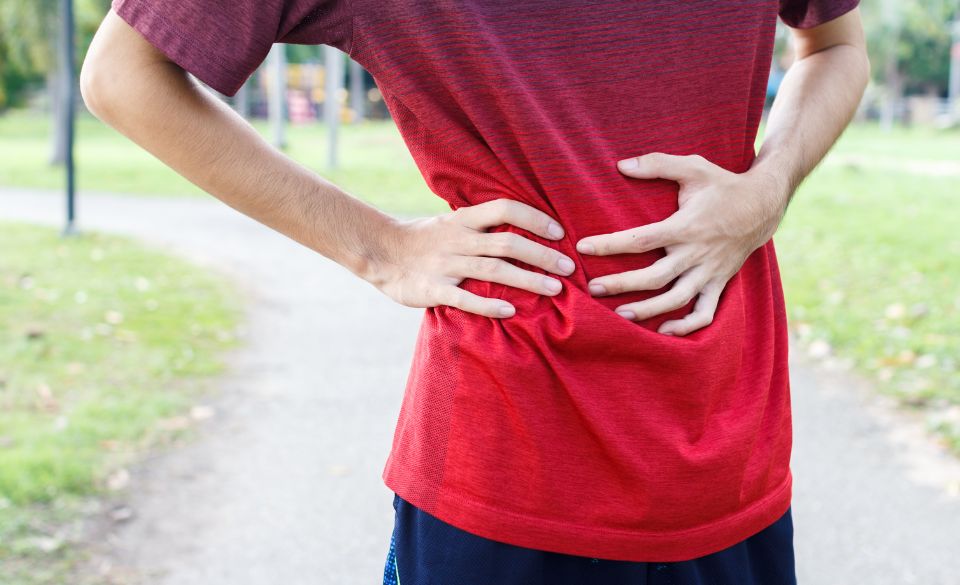
How to Reduce Cramps After Exercise
Page Contents
Exercising regularly is essential for maintaining good health and staying in shape. However, experiencing muscle cramps after a workout can put a damper on your fitness journey. Muscle cramps are involuntary contractions of one or more muscles and can be painful and uncomfortable. In this blog post, we’ll explore the causes of cramps after exercise and share effective strategies to reduce them, allowing you to enjoy your workouts without the disruption of cramping.
What Causes Cramps After Exercise
Muscle cramps after exercise can be caused by various factors. One common cause is dehydration. When you exercise, your body loses fluids through sweat, which can lead to an imbalance of electrolytes like sodium, potassium, and calcium. This imbalance can trigger muscle cramps.
Another factor that contributes to exercise-induced cramps is muscle fatigue. During intense workouts or prolonged exercise sessions, your muscles may become fatigued and overworked. Fatigued muscles are more prone to cramping, especially if they are not properly conditioned or if you push yourself too hard.
Additionally, a lack of proper warm-up and cool-down routines can increase the risk of cramping. Skipping warm-up exercises can lead to sudden muscle contractions, while neglecting to stretch after your workout can cause muscles to tighten up and cramp.
How to Reduce Cramps After Exercise
If you frequently experience cramps after exercise, don’t worry; there are several effective ways to reduce and prevent them:
Stay Hydrated: Ensure that you are well-hydrated before, during, and after your workout. Drink plenty of water to maintain the balance of electrolytes in your body and reduce the risk of muscle cramps.
Proper Warm-Up and Cool-Down: Always start your workout with a proper warm-up to prepare your muscles for the upcoming activity. Gentle movements and light cardio can help increase blood flow to your muscles and reduce the likelihood of cramps. Similarly, don’t forget to cool down after your workout with stretching exercises to help your muscles relax and recover.
Stretch Regularly: Incorporate regular stretching into your fitness routine, even on days you don’t exercise. Stretching helps improve flexibility and reduces muscle tightness, reducing the risk of cramping.
Balance Electrolytes: Consume foods rich in electrolytes, such as bananas, oranges, spinach, and yogurt, to support proper muscle function and prevent electrolyte imbalances.
Gradual Progression: If you’re starting a new exercise program or increasing the intensity of your workouts, do so gradually. Give your muscles time to adapt and avoid overworking them, which can lead to cramps.
Additional Tips to Prevent and Manage Exercise-Induced Cramps
While staying hydrated, warming up, and stretching are key factors in reducing exercise-induced cramps, there are other strategies you can incorporate into your routine to further prevent and manage cramps:
Proper Nutrition: Ensure you have a balanced diet that provides your body with essential nutrients. Foods rich in magnesium, such as nuts, seeds, and leafy greens, can be particularly beneficial, as magnesium plays a vital role in muscle function and relaxation.
Massage and Foam Rolling: Regularly massage your muscles or use a foam roller to relieve tension and improve blood circulation. Foam rolling can be especially effective in releasing tight spots and preventing muscle cramps.
Incorporate Rest Days: Give your body ample time to rest and recover between intense workouts. Overtraining can lead to muscle fatigue and increase the risk of cramps. Include rest days in your exercise schedule to allow your muscles to repair and rejuvenate.
Stay Mindful of Your Form: Pay attention to your body mechanics during exercise, especially when performing weightlifting or repetitive movements. Proper form helps distribute the workload evenly among muscles, reducing strain and the likelihood of cramping.
Warm Bath or Epsom Salt Soak: Soaking in a warm bath or adding Epsom salts to your bathwater can help relax muscles and promote recovery, potentially reducing the risk of cramps.
Consult with a Professional: If you frequently experience cramps despite trying preventive measures, consider consulting with a sports medicine specialist, physical therapist, or a certified fitness trainer. They can assess your exercise routine, provide personalized advice, and address any underlying issues.
When to Seek Medical Advice
While exercise-induced cramps are usually harmless and can be managed with the strategies mentioned above, certain situations may warrant medical attention. If you experience any of the following symptoms along with muscle cramps, consider seeking advice from a healthcare professional:
– Severe and Prolonged Cramps: Cramps that are severe, persist for an extended period, or do not respond to self-care measures may require further evaluation.
– Muscle Weakness: If you notice weakness or loss of muscle function accompanying the cramps, seek medical attention promptly.
– Muscle Twitching or Spasms: Muscle twitching or spasms that occur in conjunction with cramps could indicate an underlying neurological issue.
– Frequent Cramping: Frequent, unexplained cramping may indicate an underlying medical condition or deficiency that requires assessment and treatment.
Final Words
Muscle cramps after exercise can be uncomfortable, but with the right strategies, you can significantly reduce their occurrence and intensity. Staying hydrated, warming up properly, stretching regularly, and balancing electrolytes are all essential components of preventing cramps after exercise.
Listen to your body and pay attention to any signs of muscle fatigue or discomfort during your workouts. If you feel a cramp coming on, stop the activity, gently stretch and massage the affected muscle, and give yourself time to recover before resuming exercise.
Remember that muscle cramps can happen to anyone, even the most seasoned athletes. Don’t be discouraged if you experience a cramp occasionally. Instead, use it as an opportunity to fine-tune your fitness routine and make adjustments to reduce the likelihood of cramps in the future.
Incorporate these strategies into your exercise regimen, stay consistent with your workouts, and take care of your body’s needs. With a balanced approach to fitness and self-care, you can enjoy your workouts to the fullest, free from the discomfort of muscle cramps.




